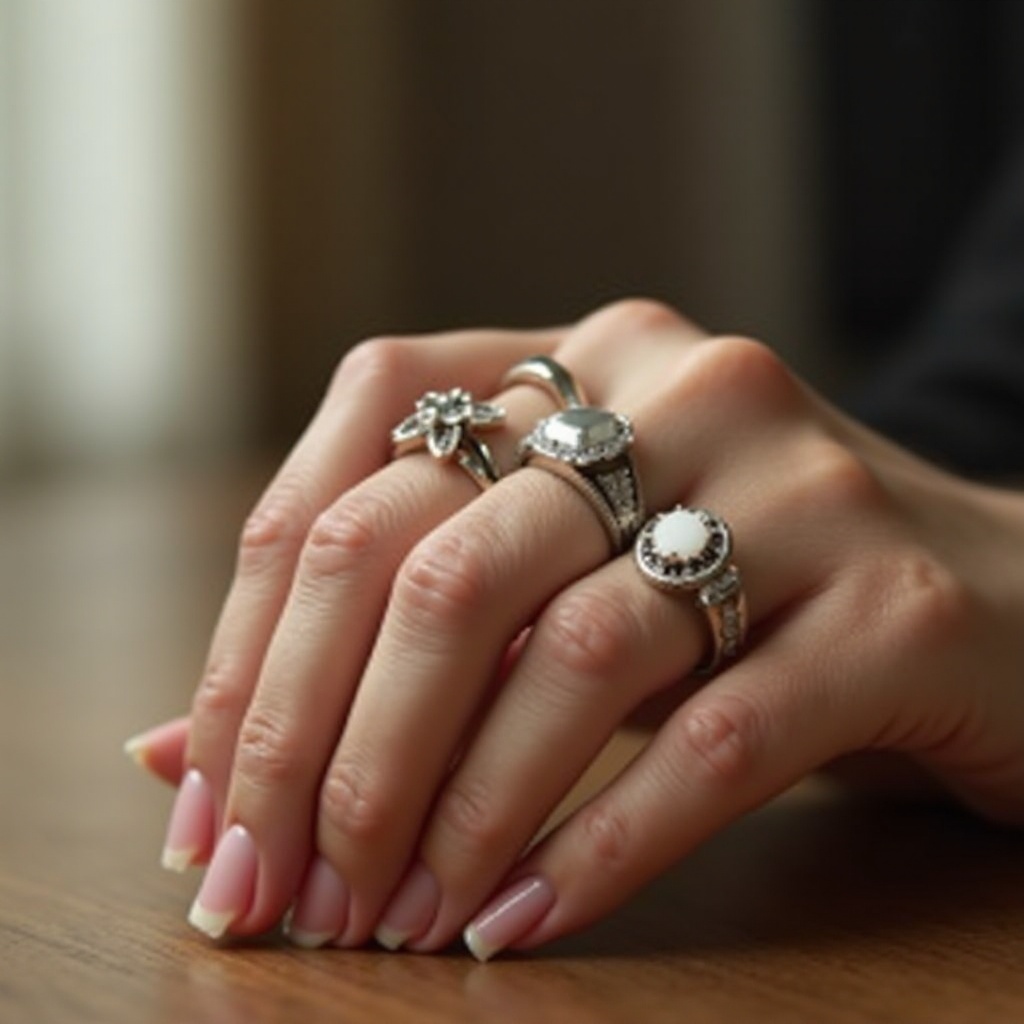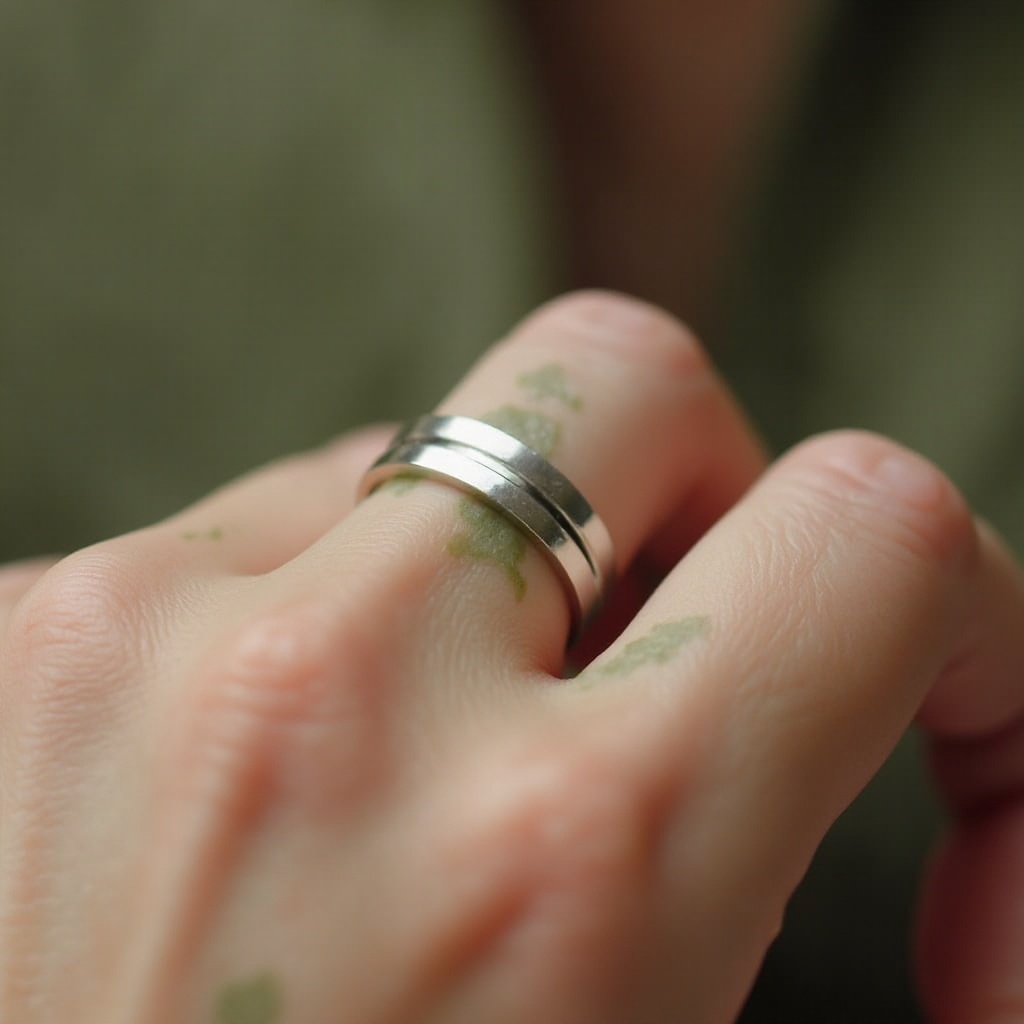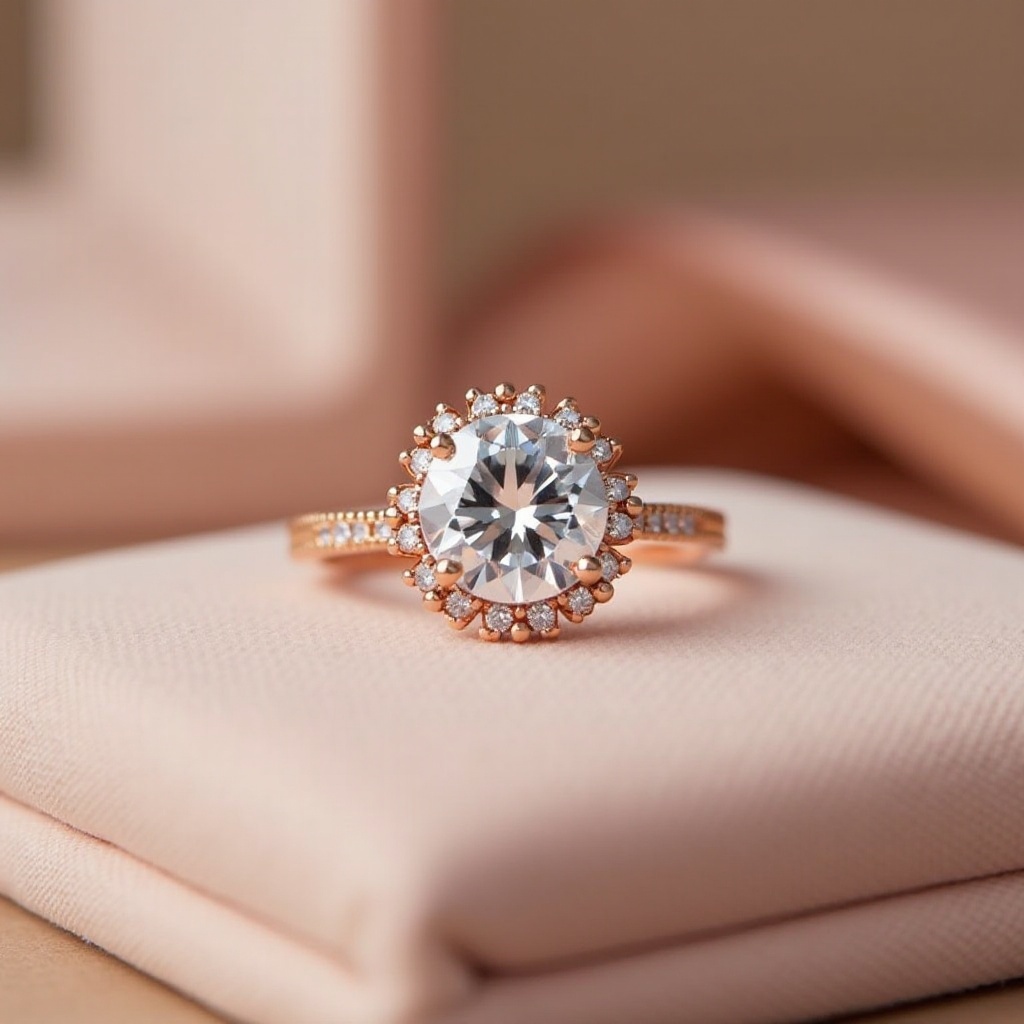Will the Rings from Kohl's Turn Green? A Comprehensive Guide
Introduction
Shopping for rings can be an exciting experience, especially when you find a variety of stylish and affordable options at Kohl's. However, there is often a lingering concern: will the rings from Kohl's turn green? This guide aims to answer that question comprehensively, exploring the factors that lead to ring discoloration and providing practical tips to prevent it. Whether you're curious about the science behind green discoloration or looking for user testimonials, this article has you covered.

Understanding Ring Discoloration
The Science Behind Green Discoloration
Ring discoloration occurs when the metal in the ring reacts with elements like oxygen and moisture. The green hue often seen on fingers is due to a chemical reaction between the metal and the acids in your skin, along with other environmental factors. This discoloration is called 'oxidation' and is particularly common with metals such as copper.
Metals Commonly Used in Rings
Kohl's offers a wide range of rings crafted from different metals. Inexpensive rings are more likely to include metals like copper and nickel, which are prone to oxidation. More expensive options may feature silver, gold, or stainless steel, which are less likely to cause discoloration. Understanding the materials used in Kohl's rings helps in making an informed purchasing decision.

Metals and Their Reactions
Copper: The Common Culprit
Copper is a frequently used metal in affordable jewelry because of its lower cost and malleability. However, it is also the main culprit behind green discoloration. When copper comes into contact with moisture and acids from your skin, a chemical reaction produces copper carbonate, which turns your skin green.
Nickel and Its Effects
Nickel is another metal often found in affordable rings. While it doesn't oxidize as rapidly as copper, it can still cause discoloration and allergic reactions in some individuals. Nickel allergies are common and can result in redness, itching, and skin discoloration.
Alternatives: Stainless Steel, Silver, and Gold
For those looking to avoid green discoloration, opting for rings made from stainless steel, silver, or gold is a wise choice. These metals are less reactive and, thus, less likely to cause any discoloration. Additionally, they are hypoallergenic, making them suitable for individuals with sensitive skin.
Factors Contributing to Green Discoloration
Skin Acidity
Your skin's acidity level can significantly impact how quickly your ring will tarnish. Higher acidity levels accelerate the oxidation process, leading to faster discoloration of the metal. This can be influenced by diet, health, and even stress levels.
Environmental Factors
Environmental factors such as humidity, sweat, exposure to lotions, perfumes, and even the water you wash your hands with play a crucial role in the discoloration process. These elements can all enhance the likelihood of oxidation.
Prolonged Exposure to Moisture
Wearing rings while washing hands, swimming, or engaging in physical activities that cause sweating can increase the chances of discoloration. The moisture facilitates the reaction between the metal and the elements causing the green hue.

Prevention and Care Tips
Coating Your Ring with Clear Nail Polish
One effective way to prevent green discoloration is to coat the inside of your ring with clear nail polish. This creates a barrier between the metal and your skin, reducing the chances of a reaction. Reapply the coat as necessary to maintain its effectiveness.
Regular Cleaning Routines
Regular cleaning can also prevent oxidation. Use mild soap and water to clean your ring, then dry thoroughly. Ensure you remove any residue that might accelerate discoloration. Specialized jewelry cleaning solutions can also be effective.
Choosing Hypoallergenic or Non-reactive Metals
When purchasing rings, opt for hypoallergenic metals such as stainless steel, platinum, or gold. These metals are less likely to react with your skin and cause discoloration. Reading product descriptions and reviews can help you choose the right metal.
Real User Testimonials
Buyer Experiences
Numerous Kohl's customers have shared their experiences regarding ring discoloration. Many buyers recommend checking product details for metal types and opting for higher-quality materials to avoid issues. Positive reviews often highlight the durability and non-reactivity of stainless steel and gold rings.
Tips from Users on Prevention
Users suggest several practical tips, such as avoiding prolonged contact with water, removing rings before physical activities, and regularly applying clear nail polish. They also recommend buying hypoallergenic and higher-quality rings for long-term wear.
Conclusion
Understanding the factors that contribute to ring discoloration can help you make better purchasing decisions and maintain the appearance of your jewelry. While some materials are prone to turning green, choosing hypoallergenic metals and following proper care routines can significantly reduce the risk. By being informed and proactive, you can enjoy your Kohl's rings without the worry of unsightly discoloration.
Frequently Asked Questions
How can I prevent my ring from turning green?
To prevent your ring from turning green, coat the inside with clear nail polish, clean it regularly, and avoid prolonged exposure to moisture. Choose hypoallergenic metals.
Are all Kohl's rings prone to discoloration?
No, not all Kohl's rings are prone to discoloration. Rings made from hypoallergenic and non-reactive metals like stainless steel, silver, and gold are less likely to turn green.
What should I do if my ring starts to turn green?
If your ring starts to turn green, clean it thoroughly with mild soap and water, dry it well, and apply a coat of clear nail polish to the inside. Consider switching to hypoallergenic metals.




